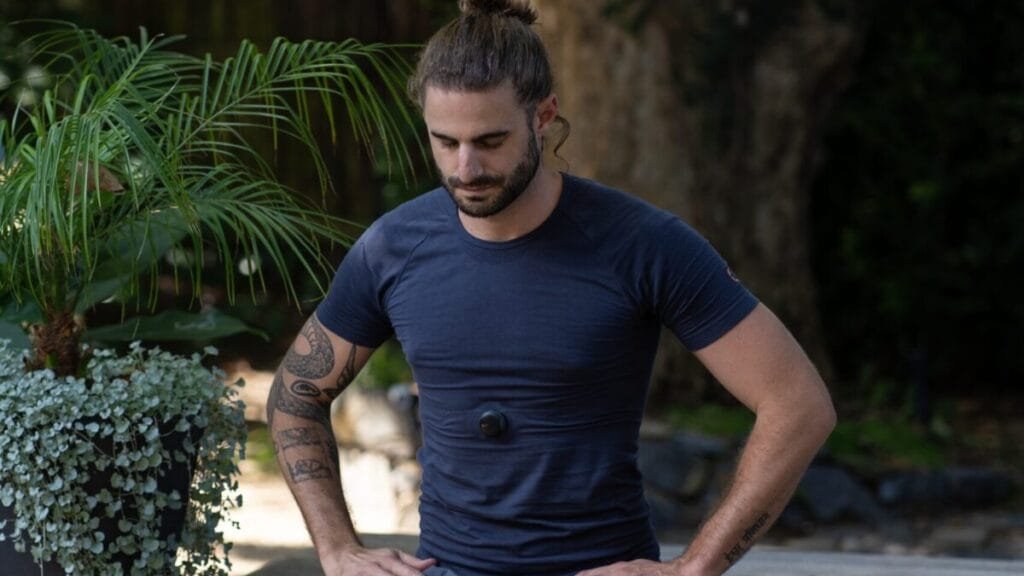Introduction to My Journey with Stress and Anxiety
Throughout my life, I have encountered various challenges that have left an imprint on my mental health. In recent years, the pressures of work, personal relationships, and unforeseen life changes have contributed significantly to my experiences with stress and anxiety. It was during a particularly tumultuous period that I began to notice the emotional and physical toll these feelings had on my daily existence. My initial symptoms included a constant sense of worry, heightened irritability, and an overwhelming feeling of being unable to cope with everyday tasks.
This stressful environment not only impacted my mental state but also began affecting my physical health. I often experienced headaches, fatigue, and muscle tension. Simple tasks became Herculean efforts, and I found myself withdrawing from social interactions which only compounded my feelings of isolation. Recognizing that these patterns were not merely phases, I resolved to confront my struggles head-on. Realizing the importance of mental health, I sought to understand the underlying issues that were exacerbating my anxiety.
Want to know best exercises for weight loss
Motivated by a desire for change, I began to explore various coping mechanisms, and exercise emerged as a potential solution. The connection between physical activity and mental well-being is well-documented; it became clear that engaging in regular exercise could combat stress and anxiety in profound ways. I decided to embrace this path, understanding that the journey would require patience and commitment. By sharing my personal experience, I hope to shed light on the significance of recognizing one’s mental health challenges and the critical role that exercise can play in finding balance and relief.

The Science Behind Exercise and Mental Health
Numerous studies have consistently shown a strong connection between physical activity and improved mental health. Exercise acts as a natural remedy for reducing stress and anxiety through various biological and psychological mechanisms. Primarily, it facilitates the release of endorphins, neurotransmitters often referred to as “feel-good” hormones, which help alleviate feelings of pain and induce feelings of pleasure or euphoria. The release of these endorphins can lead to an immediate and tangible improvement in mood, making exercise an effective preliminary intervention for anxiety and stress management.
Research conducted by the Anxiety and Depression Association of America (ADAA) indicates that regular engagement in physical activities can produce a decrease in stress levels while enhancing overall psychological well-being. Notably, a comprehensive review published in the journal *Neuropsychobiology* highlights that individuals who maintain an active lifestyle report lower levels of anxiety and depressive symptoms compared to their sedentary counterparts. These findings suggest that exercise not only counters the effects of stress but also offers protective benefits for mental health.
Do you know how to get rid of a stubborn cold Read our post to get rid of it.
Furthermore, exercise has a profound impact on the brain’s chemistry and structure. Engaging in physical activity stimulates the production of brain-derived neurotrophic factor (BDNF), a protein linked to neuroplasticity—the brain’s ability to adapt and reorganize itself throughout life. This adaptation process is crucial for building resilience against stressors. By fostering an environment conducive to mental clarity and adaptability, regular exercise empowers individuals to manage anxiety more effectively. Consequently, integrating physical activity into daily routines can serve as a constructive outlet for coping with the pressures of modern life, reinforcing the necessity of movement for mental well-being.
My Personal Experience with Different Forms of Exercise
Embarking on my journey to combat stress and anxiety, I realized that exploring different forms of exercise was essential in understanding what truly worked for me. Initially, I turned to running, a straightforward yet significant commitment. The rhythmic pounding of my feet against the pavement provided a unique sense of liberation. With each mile, I discovered the immediate release of endorphins, which not only alleviated my stress levels but also offered a meditative escape. However, I also experienced setbacks. On days where my energy was low or I faced external pressures, the very act of lacing up felt daunting, posing a challenge to my routine. Finding a balance between motivation and self-kindness during these moments taught me valuable lessons about perseverance.
Following my initial encounters with running, I ventured into yoga, a profound contrast to my high-energy regimen. Yoga invited a slower pace, emphasizing the significance of breath and mindfulness. Through various poses and sequences, I developed a deeper connection with my body and mind, learning to observe my thoughts without judgment. The benefits were evident; I noticed an increase in my overall calmness and mental clarity. This practice helped me cultivate coping mechanisms that were vital during stressful situations, leading to a more resilient mindset. Each session became a sanctuary of tranquility, reminding me of the importance of balance in my exercise repertoire.
Lastly, strength training added another layer to my journey. Engaging with weights transformed not only my physical appearance but also fortified my self-esteem and emotional resilience. As I pushed through challenging workouts, I learned the value of discipline and commitment. Observing tangible improvements in my strength translated to enhanced confidence in daily activities. The challenges I faced while experimenting with various exercises highlighted my need for adaptability, ultimately leading to a more holistic approach to combating stress and anxiety through fitness.
Tips for Incorporating Exercise into Your Stress Management Routine
Combat Stress and Anxiety: Incorporating exercise into your stress management routine can be a transformative experience. To start, it is important to set realistic fitness goals that align with your lifestyle and current fitness level. This means identifying specific, measurable, achievable, relevant, and time-bound (SMART) objectives. For example, rather than deciding to run a marathon in a month, consider starting with a commitment to walk for 30 minutes three times a week. These realistic goals can provide a sense of accomplishment and motivation without overwhelming you.
Creating a supportive environment is crucial for maintaining an exercise routine. This could involve finding a workout buddy or joining a local fitness class that promotes camaraderie and encouragement. Additionally, dedicating a specific space in your home for physical activity can help set the tone for consistency. Having the right equipment, such as yoga mats or weights, can also make it easier to start exercising at home.
Discovering enjoyable physical activities is essential for long-term adherence to an exercise routine. Experimenting with different exercises—such as dancing, cycling, swimming, or yoga—allows you to find enjoyable activities that can mitigate stress and anxiety. Engage in activities that resonate with you, as this will foster a more positive relationship with exercise over time.
Consistency is key in making exercise a regular part of your stress management strategy. One effective approach is to schedule your workouts just like any other important appointment in a calendar. Additionally, practice self-compassion when setbacks occur; life can be unpredictable, and missing a workout does not equate to failure. Celebrate small victories, such as completing a workout or mastering a new exercise, to maintain motivation and reinforce the positive impact that physical activity has on your overall well-being.
See the YouTube Short below.
See other articles in Mental Health click here.





Pingback: Embrace Mindfulness for More Joy, Focus & Well-Being